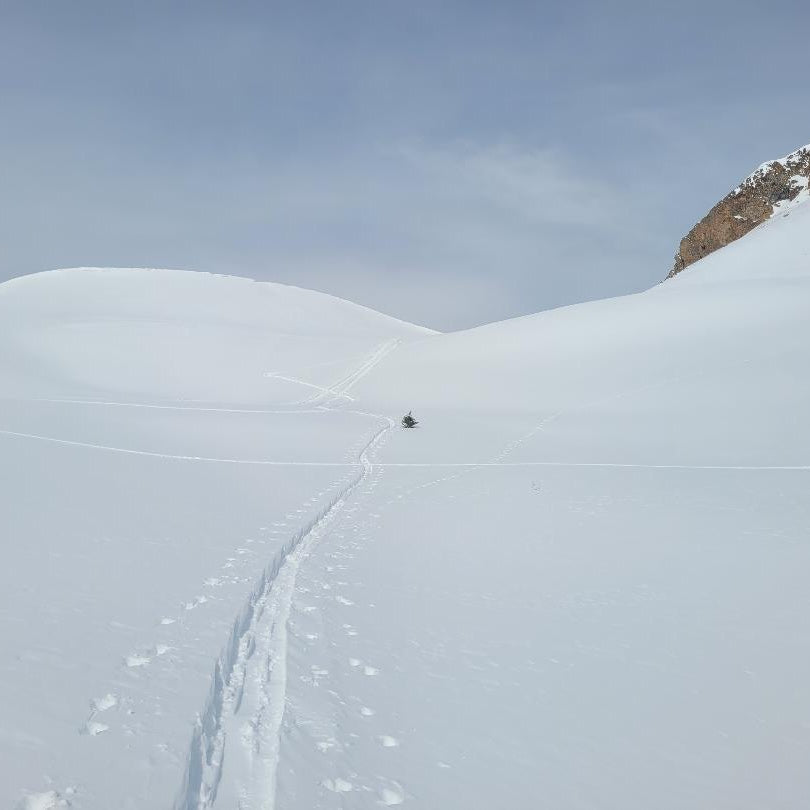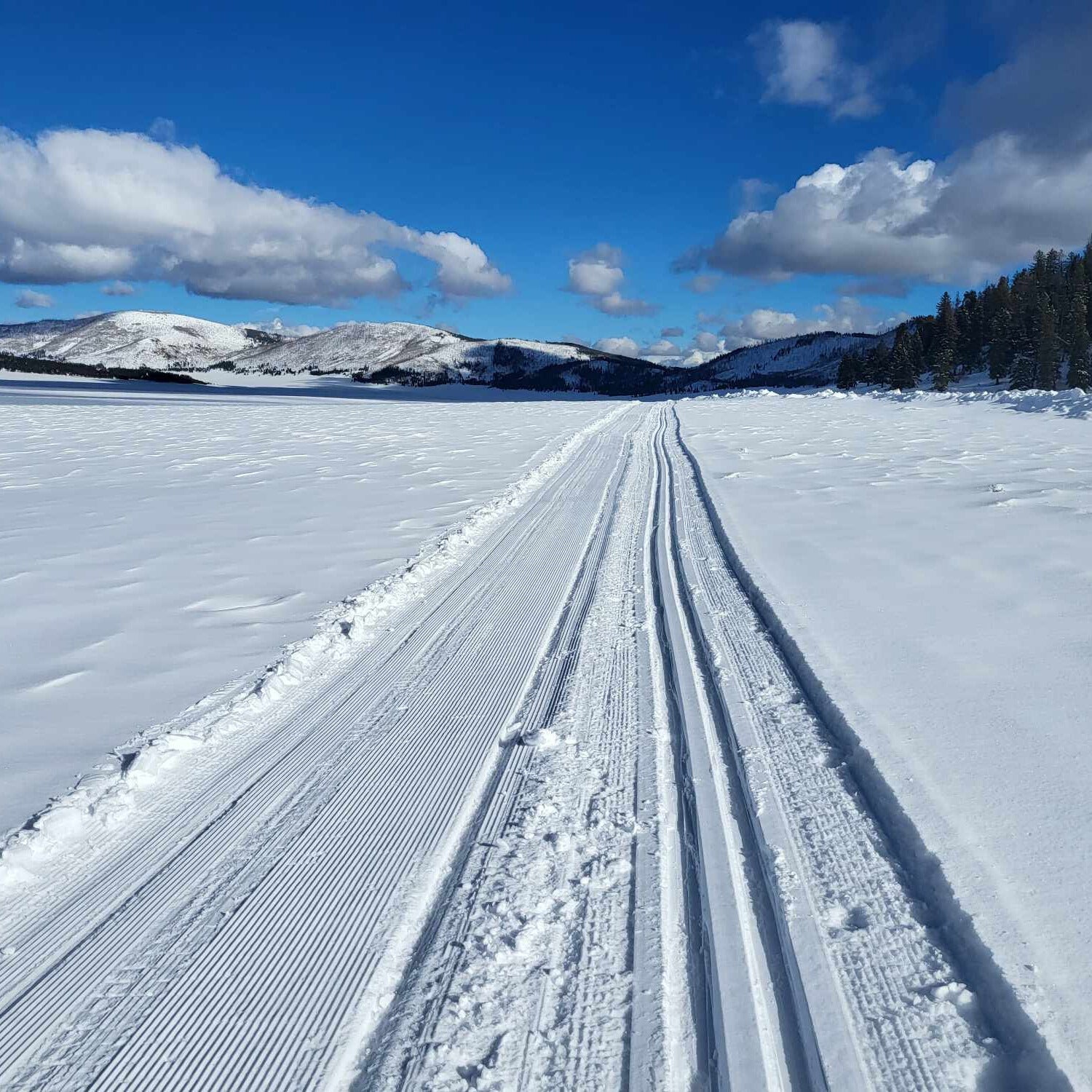Your Cart is Empty
accepting gear drop offs Mon-Sat 10am-5pm. No Consignment acceptance on Sundays.
accepting gear drop offs Mon-Sat 10am-5pm. No Consignment acceptance on Sundays.

The mighty San Juan Mountains fill your windshield every time you turn north on Main. These fearsome, jagged peaks have some of the best and most accessible backcountry in America. That said, if you are a beginner backcountry skier or are new to the area, it may not always be obvious where to go. This guide gives you a quick overview on mostly gentle, mostly safe places to backcountry ski in theDurango area.
For nice lines in a highly aesthetic setting, it’s hard to beat Lizard Head Pass, which is north of Dolorest and just shy of Telluride. To get to know the area, park at either the Cross Mountain or Lizard Head Peak Overlook trailheads and head northwest.
Molas Pass offers some of the most visually stunning ski terrain anywhere, but its open terrain means that winds can ruin the good snow. For a nice walk with good views, head west from the Little Molas Lake parking area. For better snow and denser trees, look at the slopes just to the west of Andrews Lake.
Red Mountain Pass has some of the best ski terrain you can find in Colorado, though much of it is off-limits to beginners. That said, by knowing your limits and carefully assessing your options, you can find suitable lines on both sides of the pass. In either case, follow gated roads and take your pick of line.
This spot is popular–for good reason–but there’s enough room to spread out. From the summit of Wolf Creek Pass, just before the ski area entrance, find a large lot on the north side of the road. Park here and follow an old road headed north. After less than a mile, gentle powder-filled terrain comes into view. Keep going for longer and slightly steeper lines.
You are almost guaranteed to have this place to yourself–as long as you are on skis. North of Chama, this high pass has areas popular with snowmobiles, but the slopes of Neff Mountain rarely see snow machine traffic. Proceed about 1.5 miles past the Cumbres Pass Railroad Station to a parking lot on the right, cross the highway, and choose your line among the aspens.
When the snow is new and the days are cold, this can be a great spot to stretch your abilities. Found just north of the Cascade Village condos and visible from Lift 1 at Purg, this is a connected series of gentle runs. Park in the large lot right at the switch back, cross the highway, and skin up–not along the creek but toward the aspen due north. Because of the southern exposure and low elevation, you need to hit this right after a storm in mid winter.
Ready for a road trip? Blue Mountain is a former ski area in the mountains above Monticello, Utah. This area operated as a shoestring enterprise until 1990, when costs rose and crowds remained sparse. While the lifts have been removed, the trails remain generally open. To get here, take Abajo Drive west from Monticello to the junction with Ski Lift Road, which is not plowed. Park here and ski about 1 mile to the old base. The bottom is a big open gentle meadow, while steeper slopes can be found above. The higher you go, the better the views get.
Backcountry skiing in the San Juan Mountains exposes a whole new world of snowy adventure, but getting into the sport is not cheap. From special skis, boots, and bindings to necessary avalanche equipment, things can get pricey. That’s why buyingused ski gear in Durango makes so much sense. Stop by Durango Outdoor Exchange, which is stocked with plenty of gear to kick off your adventure, and staffed by enthusiastic skiers who can help you get what you need.

Work crews were busy over the off season making changes to ski areas across the region. While the hoped-for new lifts at Purgatory aren’t going to spin, there are plenty of reasons for you toget some wax (or new skis) from Durango Outdoor Exchange and hit the slopes this winter.

Thanksgiving is almost here–and skiing this early is always a gamble. Here are some non-skiing warm(er) weather destination ideas for the long break.

Just a couple hours from Durango, Valles Caldera is a great cross-country skiing destination, with surprisingly good snow and very few visitors.
Valles Caldera National Preserve is a popular hiking destination in the summer and a surprisingly great skiing destination in the winter.